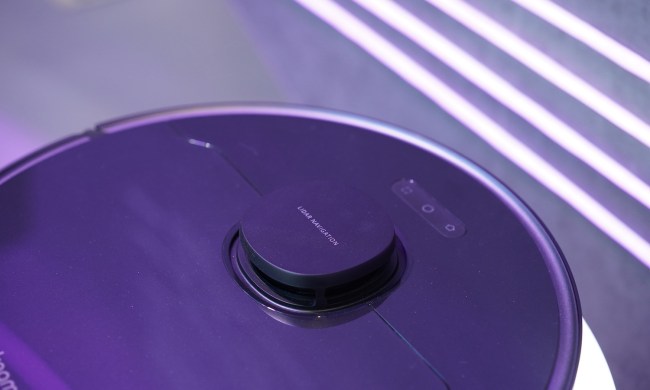If so, you may be interested in Barcelona-based engineer Sergi Santos’ new robotic dolls. Called Samantha, the life-size dolls are designed to replicate, erm, sexual acts — but with artificial intelligence that means she’ll respond to different touches by showing supposed emotional reactions.
In essence, it’s a chatbot, but one with the added “bonus” of having a body to go alongside the voice. Touch Samantha’s hands and she’ll say things like “I love this,” while kissing her or touching her mouth will yield a different response. Other body parts also behave accordingly.
Oh, and occasionally she’ll request songs on Pandora to improve the mood!
Whether a robot that you have to seduce is a step toward a consent-oriented approach to sex dolls or a weirdly reductive, gamified version of a human relationship remains to be seen (could it have hints of both?), but Samantha is certainly a unique way of spending that $5,374 paycheck that’s hanging around your bank account.

“Tools like [Amazon’s] Alexa are interesting, but the ultimate goal of everybody is to build something with a body and a brain, right?” Santos told Digital Trends. “I wanted to do something that would make my mother say ‘wow’ when she sees it. My mother never said that about any of the other things that I showed her. She’d always say they were funny and then go off and do something else. This project was different.”
Without getting into what Freud would make of that rationale, Santos insists there’s more to Samantha than simply cybercoitus. “I’ve got a Samantha in the family home that can give philosophy quotes or health information,” he continued.
Over time, he thinks the robot will evolve to be a more fleshed-out (no pun intended) companion, with the ability to link different touch sensitive body parts to verbal or communicative cues yielding all types of fun interactions. No, we don’t think we’ll be buying a Samantha robot to chat with our grandmas, but it’s hard to deny that he’s thinking big with his plans.
And with ambitions to make the software open source, who knows what will come out of the project long-term?


